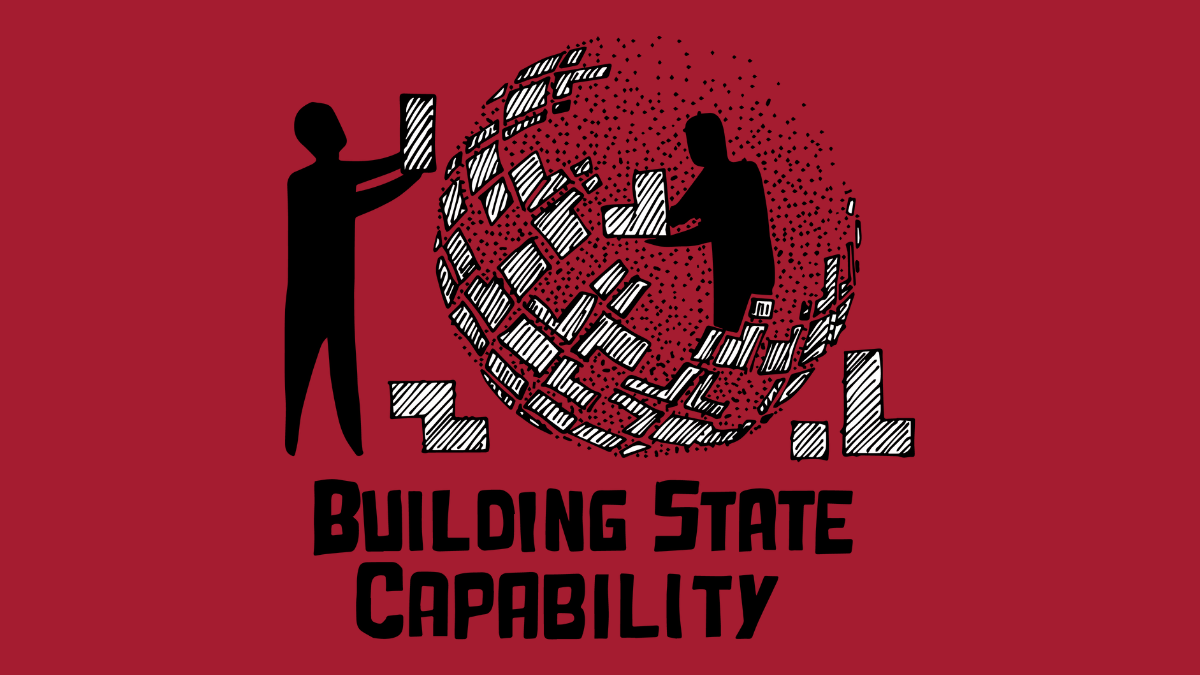written by Salimah Samji
We often get asked the question “why do you need to use PDIA for a problem that we already know how to solve?” The answer is simple. You don’t. If people have already crawled the design space and figured out how to solve a type of problem, then by all means, you should just apply the known solution.
We have developed two ways to help you determine whether PDIA makes sense for your problem or activity.
- The first one asks four questions in order to determine the typology of your problem and the kind of capability required to solve it. If, for example, your activity is “implementation intensive” or “wicked hard”, PDIA might be a worthwhile. For more watch this video by Lant Pritchett or read chapter 5 of the Building State Capability book.
- The second one looks at what capabilities exist to tackle a specific problem in a given context. We use an exercise to illustrate this whereby one is challenged to construct their journey from St.Louis, Missouri to the West coast in the United States in two different contexts. The first is the year 2015 and the second is the year 1804. The capabilities required in these two contexts are radically different, as will be the approach to solve the challenge. If your problem looks like the 1804 challenge (the lack of a map, etc.), then PDIA might be the right approach for you. For more watch this video by Matt Andrews or read chapter 6 of the Building State Capability book.
We use both of these in our PDIA online course and we have found that the visual and experiential nature of the 1804 exercise really helps drive this point home.
So you can imagine my delight when I saw that Chris Blattman highlighted both of these frameworks in his lecture notes on building state capability for his political economy of development course this week. He also wrote “This week’s lecture draws heavily on one of the most important books on development I’ve ever read: Building State Capability by Harvard’s Matt Andrews, Lant Pritchett, and Michael Woolcock.”
